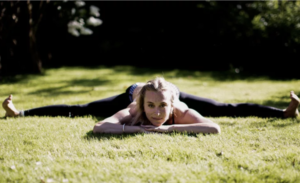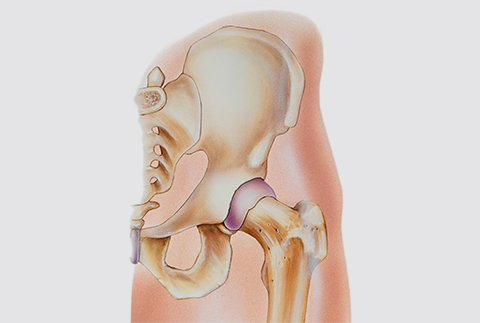Alice Blunden, Anatomy, Articles, Hip, In the Press, Resources, Uncategorized, Yoga Medicine® News
3 Moves to Correct Hip Hypermobility
Alice Louise Blunden of YogaMedicine shares some crucial information about the popularity of “hip-openers,” a quick lesson on hip anatomy, and three poses to help correct hypermobility and build stability in your hip joint.

Not ALL Hips Need Opening: 3 Moves for Hip Stability
When yogis talk hips, it’s generally about opening them. But your hips CAN be too open. If you fall into the hypermobile camp, learn how to balance strength and flexibility to protect your hips.
Dedicating time during our physical yoga practice to opening the hips can be nourishing, therapeutic—and downright addictive for many of us. (How about that feel-good release in Pigeon Pose?) Let’s consider, though, whether we always need to push for more flexibility in this region of the body or if it may be more helpful for some people to build strength.
Do Your Hips Really Need Opening?
Hip strength is necessary in day-to-day life. Whether we are walking in the park, running for the bus, or cycling to work, the hip joint takes the brunt of the body’s weight and enables all of these fundamental actions. In short: Stable hips are a good thing—they carry our bodies throughout the day. Of course if you are an athlete, runner, or someone simply born with especially tight hips, hip-opening poses are helpful in maintaining a healthy range of motion and balance between strength and flexibility. If you’re on the other end of the spectrum, though, and are naturally quite open in the hips or after years of practicing hip-opening poses now have very open hips, consider whether it’s still helpful to continue increasing the range of motion in this region of your body.
I am ‘blessed’ with naturally open hips. I never shied away from postures that required an increased range of motion in this region of the body when I first started yoga. I’m the person who could actually fall asleep with my legs wrapped behind my head in Yoginandrasana. But was it therapeutic? I certainly looked like an advanced yogi in these postures. But, unfortunately, my lack of knowledge and understanding of the hip joint meant that I could have been doing more damage to my body than good.
Understanding the Hip Joint
The hip joint is a ball and socket joint composed of two bones. The femur sits in the acetabulum, which is part of the pelvis. Covering the bones of the hip is the articular cartilage. The articular cartilage is important for providing a cushion and a smooth surface when the bones move on one another. Surrounding the acetabulum is additional cartilage called the labrum, which forms a lip around the cup-shaped bone to provide additional stability in the joint.

While it is helpful to understand the anatomy of the hip, what may be more even important (if a bit frightening) is knowing that one of the deepest layers of the joint, the cartilage, does not have any nerve endings. This means you may not be aware of any damage to the cartilage until it is too late. Although cartilage doesn’t have nerve endings, the surrounding muscles, tendons, and ligaments do. This is why yoga can be helpful for tuning into the body to find a balance between strength and flexibility. This is crucial for the health of the muscles and the integrity of the joints. By listening to our bodies with this sense of mindfulness we can begin to notice our strengths and weaknesses. This will enable us to develop a nourishing practice that our bodies truly need.
Click here to see Alice’s 3 Moves for Hip Stability












